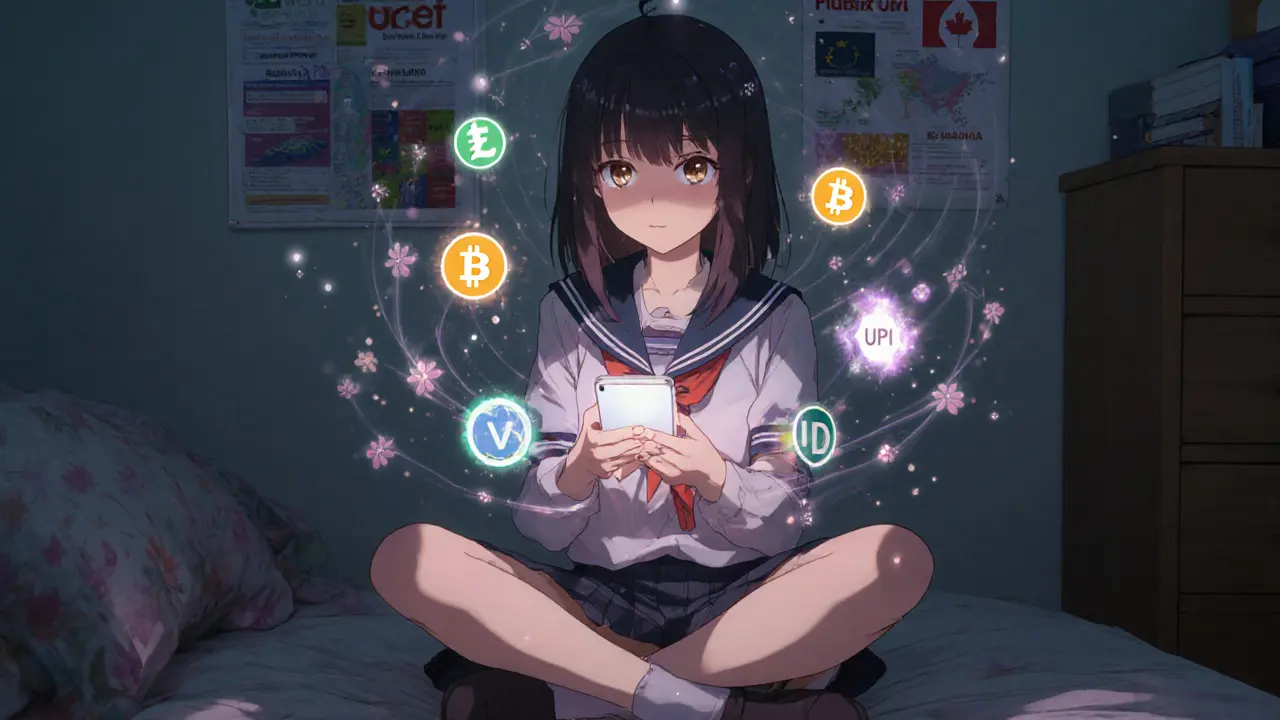DeFi India: What You Need to Know About Decentralized Finance in India
When people talk about DeFi India, the use of decentralized financial tools like lending, trading, and staking by people in India without traditional banks. Also known as decentralized finance in India, it’s not just a tech trend—it’s a workaround for banking restrictions, currency controls, and limited access to global financial products. Millions of Indians use DeFi platforms to save, earn interest, or trade crypto because local banks won’t touch them. The Reserve Bank of India never banned crypto outright, but it made banking for crypto businesses nearly impossible, forcing users to find their own path.
That’s where blockchain India, the local adoption of distributed ledger tech for payments, remittances, and asset ownership comes in. Tools like MetaMask, Trust Wallet, and decentralized exchanges (DEXs) like Uniswap and PancakeSwap are used daily by Indian traders—even if they’re technically on the edge of legality. Many use VPNs to bypass geo-blocks, just like users in Bangladesh or Nigeria. And while the government talks about a digital rupee, real people are already using crypto to send money abroad, hedge against inflation, or earn yield on stablecoins when savings accounts pay less than 4%.
crypto regulation India, the evolving legal framework around cryptocurrency use, taxation, and exchange operations in the country is messy. You pay 30% tax on crypto gains, and TDS is deducted at source—but there’s no clear rule on whether DeFi lending or yield farming counts as income. Some exchanges like WazirX and CoinDCX operate with licenses, but most DeFi protocols don’t even have an Indian entity. That means if you lose funds on a protocol, there’s no regulator to complain to. And while the RBI warns against crypto, it hasn’t stopped the flow—India still ranks among the top 5 countries for crypto adoption by user count.
What you’ll find in the posts below isn’t theory. It’s real stories: how people in Mumbai use DeFi to avoid currency controls, how users in Delhi trade tokens on Layer 2 networks to cut fees, and why most Indian DeFi projects fail before they launch. You’ll see how tools like VPNs, non-custodial wallets, and cross-chain bridges are used daily—not as tech experiments, but as survival tools. There’s no government-backed DeFi app in India. The ones that work are built by users, for users, in the shadows of regulation.
Crypto Adoption in India: How Users Bypassed Restrictions to Lead the World
Nov, 24 2025
Despite harsh taxes and regulatory uncertainty, India leads the world in crypto adoption, driven by grassroots use, digital infrastructure, and real-world financial needs - not speculation.
Read Article→
